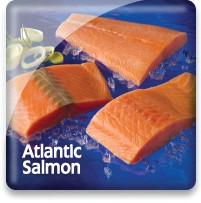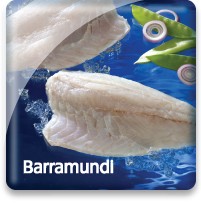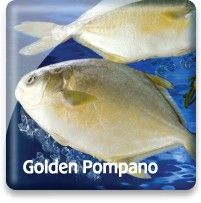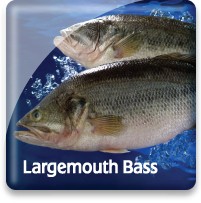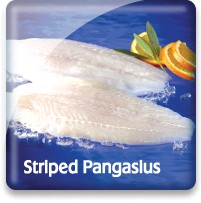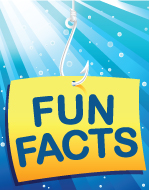
Largemouth Bass

Market Name: Eating QualitiesThis Bass has a distinct flavor, and is excellent for baking once filleting and skinning.
   |
Description & CharacteristicsLargemouth bass is valued for its white flaky and mild tasting meat. Preparing fillets by deep frying, baking, or sautéing is the traditional method of cooking. The Asian and European method of grilling or baking the whole cleaned largemouth bass is now becoming more popular in the U.S.The largemouth bass is only native to North America and its original range was generally the eastern half of the United States and southern Ontario/Quebec Canada. Around 1900 introductions were made around the world to such areas as Europe, Asia, South America, Central America, and the Caribbean. In the 1970s largemouth bass was introduced to Taiwan. Today Taiwan has a popular sports fishery for largemouth bass as well as commercial farms that produce for local and export markets. Taiwan is where Sea Port sources its whole largemouth bass. Largemouth bass is the largest sized fish in the family called black bass. They can grow to over 20# and reach an age of 16 years. They are adaptable to a wide range of water qualities and water temperatures which has allowed them to be farmed successfully and to also establish themselves as viable populationswhen released into non-native habitats. They are voracious carnivorous predators that will rapidly grow when there is abundant prey.
The sustainable farming of largemouth bass in the long run depends upon formulating feeds that use less marine sources such as fishmeal and fish oil. The hardiness of largemouth bass make them well suited for aquaculture and this bodes well for the future supply of this tasty fish.
Largemouth bass is an aggressive predator and will prey on fish that are as large as 25 to 50% of the bass’ body length.
Other Resources |
Handling Instructions for Largemouth Bass
Our whole frozen largemouth bass must be stored at or below 0°F (-18°C) and then thawed properly when ready to cook. The frozen shelf life is 18 months, but we recommend using the product within 12 month of the freeze date to maximize product quality. Links to obtain further information concerning the proper handling of seafood: NOAA - Fish Watch: Handling Seafood and A Consumer Guide to Safe Seafood Handling.
Thawing Largemouth Bass
The whole IQF largemouth bass should be placed in a tight fitting plastic bag or covered container and placed under refrigeration between 33 and 39°F for 12-24 hours until thawed. Gutting the whole fish once the gut cavity has sufficiently thawed is recommended even if the body of the fish is still mostly frozen. The whole fish can then be allowed to further thaw in the refrigerator.
Important Instructions for Largemouth Bass
Upon thawing, whole fish should be gutted if not already done so when the gut cavity was partially thawed earlier in the thawing process. Once totally thawed and cleaned the fish should be cooked immediately for the best quality results. Fish not immediately consumed should be held under proper refrigeration and completely consumed within 36 hours.
The Federal Food, Drug and Cosmetic Act now requires that all foods that are not raw agricultural commodities and that contain a major food allergen be labeled to clearly identify the name of the food source form which the allergen is derived. (21 CFR U.S.C. 343(w)(1)). The act defines eight foods, and any ingredients derived from these foods as major food allergens: Fish, Crustacean Shellfish, Milk, Eggs, Tree Nuts, Peanuts, Wheat & Soybeans. The name of the food source that must be listed on the label for fish or crustacean shellfish must be the specific type of fish or crustacean shellfish. The market names of species of fish and crustacean shellfish should be used to identify the food source of these two major food allergens. If you intend to re-pack these seafood products, be sure the allergen is declared in either one of two ways:
1) Within the list of ingredients
or
2) In a separate “Contains” statement immediately after or adjacent to the list of ingredients.
Consult the Fish and Fishery Products Hazards and Controls Guidance, Fourth Edition, Chapter 19 for more detailed information on the labeling of food allergens.
Cooking Tips
Largemouth bass can be prepared using a wide variety of cooking methods. Link to cooking tips and recipes.
Taiwan
The island of Tawian, shaped like a tobacco leaf, nation, is located off the coast of China where it is officially part of the Republic of China. Some 23 million people live in an area that is just 245 miles long and 89.5 miles wide, making Taiwan the second-most densely populated country in the world.
While it offers few opportunities for recreational fishing, Taiwan’s commercial fishing industry is well-established, with a fleet of vessels that fish around the world for tuna, sharks, herring, reef fish, horse mackerel, sardines, squid and octopus. Aquaculture is also an important new industry in Tawian, with freshwater farms growing shrimp farms, and tilapia, and marine farms growing shellfish such as clams and oysters.
Go Blue! Seafood Sustainability Spectrum*Click here for an explanation of our Sustainability Spectrum 
Sustainability AssessmentSea Port imports Largemouth Bass from Taiwan. Bass farming can have significant environmental impacts. Largemouth Bass is considered one of the world’s worst invasive species. When farmed outside of its native range, such as Taiwan, escaped largemouth bass can establish self-sustaining populations that reduce or entirely displace native species through competition and predation and otherwise adversely affect aquatic ecosystems. Largemouth Bass are also relatively inefficient feeders and use high amounts of fishmeal, derived from wild fish stocks, in their feed. Finally, overuse of groundwater as a water source for aquaculture ponds in Taiwan is a serious concern, where it is known to contribute to land subsidence (lowering of the surface of the land). Largemouth Bass is firmly established in the wild in Taiwan and a robust sports fishery now exists for this non-native species.
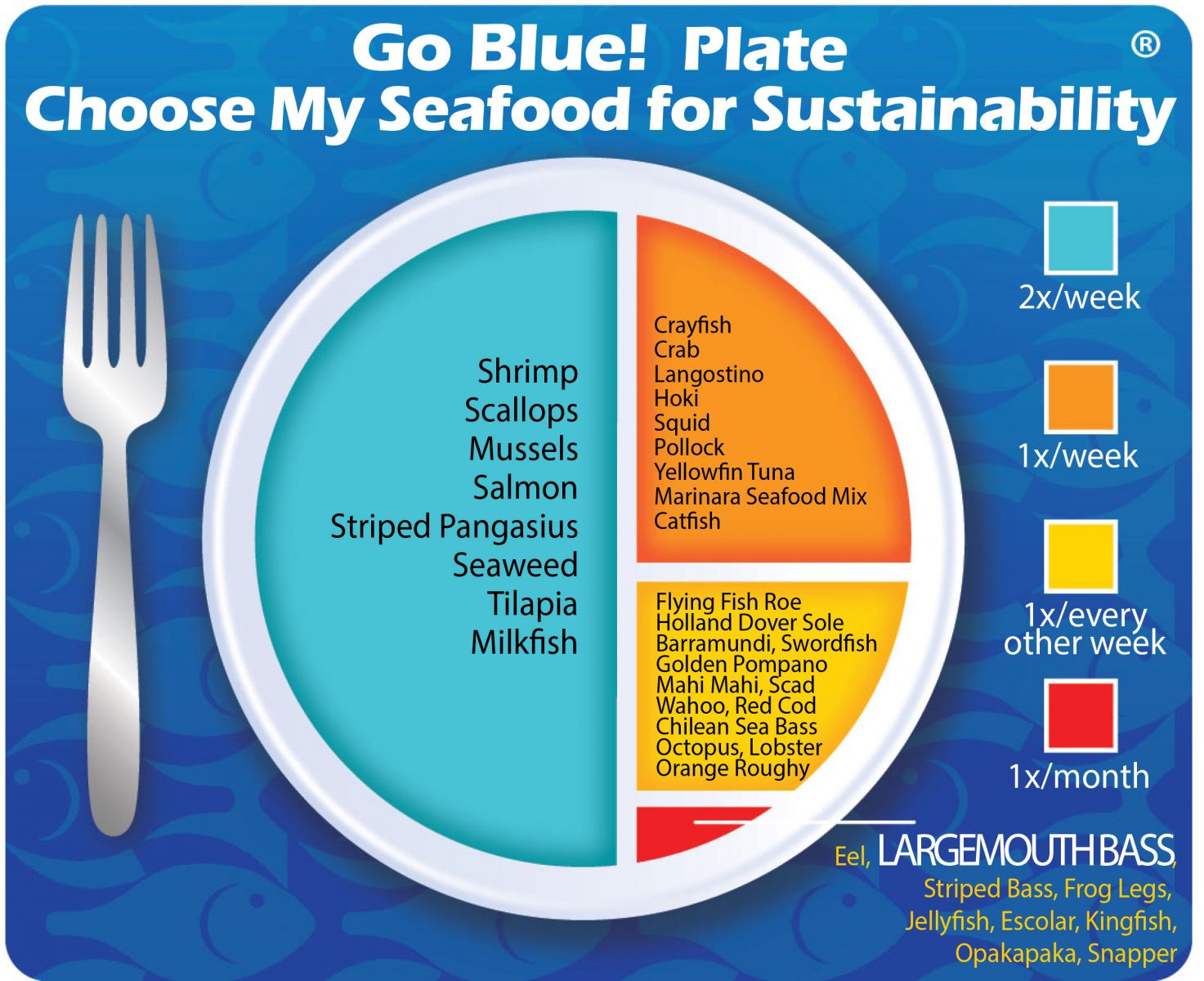
Environmental Impact: HighLargemouth Bass is a highly invasive species; bass farming uses relatively large amounts of wild fish in feed; and aquaculture ponds in Taiwan may contribute to land subsidence by using groundwater.
Sustainability Improvements NeededLargemouth Bass should not be farmed outside of its native range or where populations are not already well established. Developing suitable substitutes for fishmeal in bass feed and using only feeds specifically formulated for bass will help reduce use of wild fish stocks.
Actions that Sea Port is UndertakingSea Port is continuing to import farmed Largemouth Bass from Taiwan because it has already firmly established itself in the wild as a self-sustaining population and has proven to be a hardy fish for farming. Having said this, we believe that advances in feed formulations and containment improvements will drive this aquaculture product forward to becoming more sustainable throughout the world. Sea Port also believes that, in aggregate, choosing from a diverse variety of seafood is better for sustaining the world’s seafood resources and Farmed Largemouth Bass should be a part of this variety.
We created the sustainability assessments for each of our seafood items in order to reveal the existing and potential environmental impacts and risks that are associated with producing them for human consumption. This allowed us to establish the starting position for each of our seafood items along our progressive Go Blue! Seafood Sustainability Spectrum®. These assessments are only a single snapshot in time and because of this, we will continue to assess and update the critical sustainability needs associated with our supply sources and issue updates to the Go Blue! Seafood Sustainability Spectrum® as needed. There is a growing global awareness for the need to assure the sustainability of farmed and wild caught seafood and because of this; all around the world positive changes are rapidly occurring at all levels of the seafood supply chain. We will continue to spread this growing awareness and work with our many industry partners to improve the sustainability of all seafood, which we believe is the ideal protein of choice to feed an ever growing world population. Our Go Blue! Seafood Sustainability Spectrum® serves as our compass and yardstick as we strive to move all our products forward to becoming more sustainable. Please join us in this committed quest and Catch Our Wave® to sustainability by choosing a diverse variety of responsibly produced seafood as part of your diet.
|


